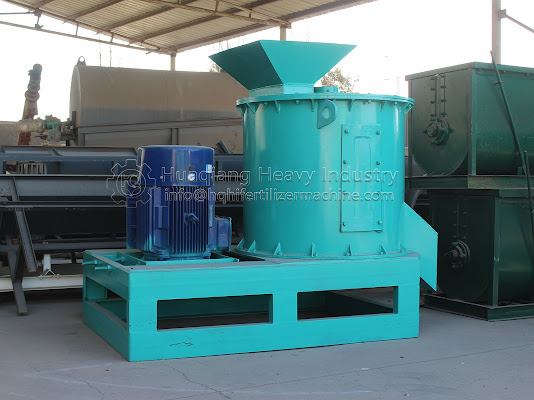Controlling Fermentation Conditions in an Organic Fertilizer Production Line
Controlling fermentation conditions in an organic fertilizer produciton lines is crucial for ensuring fermentation efficiency and product quality. The following is a detailed analysis based on the latest search results:
1. Pre-fermentation Preparation: Adjust the carbon-nitrogen ratio to approximately 25:1. Add auxiliary materials such as straw powder and rice husks. Control the moisture content and, if necessary, add a nitrogen source such as urea. A horizontal mixer can be used for mixing to ensure uniform mixing.
2. Fermentation Process Control:
Warming Phase (0-3 days): Initial temperature is 15-25°C, allowing rapid microbial growth. The pile temperature rises to 50-60°C within 24-48 hours. High-Temperature Phase (3-14 days): Temperatures range from 55-70°C and last for 5-7 days, killing pathogens, insect eggs, and weed seeds. Turn the pile every 2-3 days to prevent localized overheating (>70°C) that inactivates beneficial bacteria. Use forced ventilation or mechanical turning to ensure oxygen supply and prevent odors from anaerobic fermentation. Sensors are placed at different depths in the pile to monitor temperature differences in real time. Cooling Phase (14-21 days): The temperature gradually drops below 40°C, marking the beginning of the post-ripening phase. Turn the compost every 5-7 days to promote further decomposition of undegraded organic matter. Functional bacteria, such as nitrogen-fixing and phosphate-solubilizing bacteria, are added to enhance the efficiency of the organic fertilizer.
Humidity Control: Appropriate humidity ensures adequate contact between microorganisms and organic matter. During fermentation, humidity must be controlled to maintain a suitable range.
Oxygen Supply: Good ventilation is crucial for smooth fermentation. During composting, turning the compost increases oxygen supply. In tank fermentation, ensure the proper functioning of the tank's ventilation system.
3. Post-Fermentation Processing
Determination of Maturity: The material changes color to dark brown or blackish brown, is odorless, has an earthy, musty smell, and white mycelium appears within. Fermentation is complete when the compost temperature remains consistent with the ambient temperature (±2°C) for three consecutive days and the germination index (GI) is >80%.
Nutrient Retention: Strictly control the duration of the high-temperature period (5-7 days) to prevent nitrogen loss exceeding 30%. By adding adsorbents such as zeolite and bentonite, ammonia volatilization is reduced and the total nutrient content of organic fertilizer is increased (N+P₂O₅+K₂O ≥ 5%).
By controlling these conditions, organic waste can be converted into qualified organic fertilizer, achieving resource recycling and environmental protection.




Comments
Post a Comment